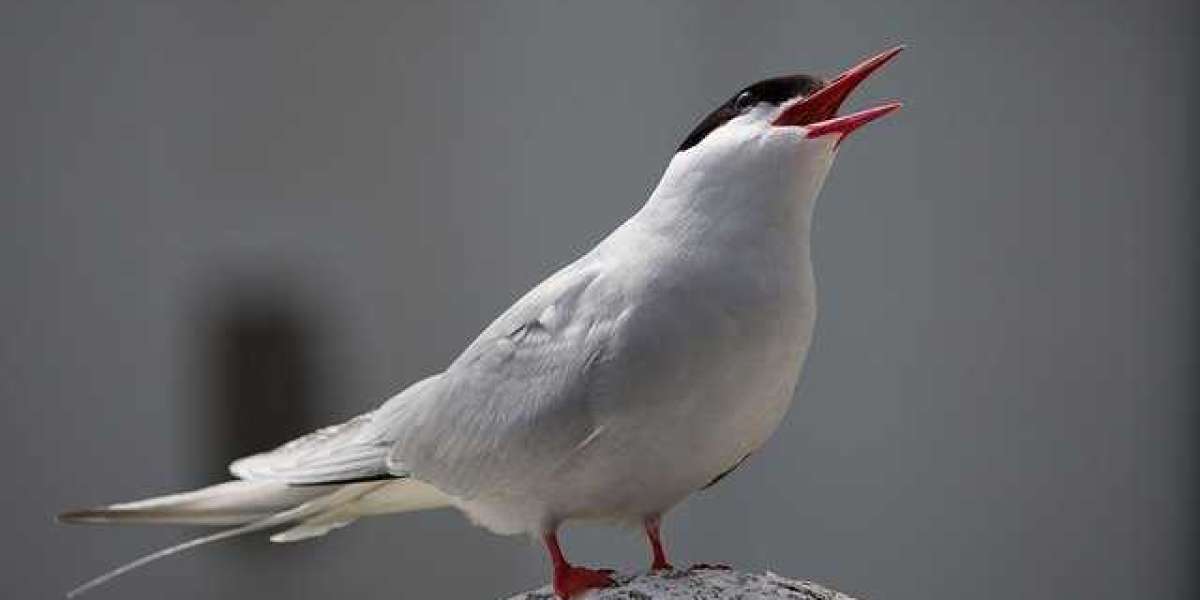The Common Tern is a medium-sized bird with a gray back and wings and a whitish tail that is largely pale in color. The black hood he wears on his head is highly conspicuous and changes color depending on the season.
The arctic tern (Sterna paradisaea), a bird with a fascinating backstory, is one of its closest cousins and a fascinating bird to learn about. While the common tern's beak is fully red during breeding season, its legs are dark gray outside of that time period.
The biggest concentration of colonies in the globe is found in Greenland, where this species reproduces throughout the arctic and subarctic regions of North America, Asia, and Europe.
They lay three to five eggs each year and build their nests on the ground.
It's going to be an awesome journey!
At the end of August, following the completion of their reproductive cycle, they make their way to the Southern Ocean. In this way, the Arctic tern, which weighs only 125 grams, is able to complete one of the world's largest seasonal migrations, traveling nearly 80,000 kilometers per year.
There are risks along the way, as these birds are subjected to terrible weather and must burn a lot of energy to make it to their goal.
Using a little arithmetic, it can be predicted that this bird can live for roughly three decades, which means it will have traveled approximately 2.4 million kilometers over its lifetime.
Scientists have discovered that on their journey north of the Azores Islands, they make a crucial layover that can last up to a month. They eat fish and small marine crustaceans that they catch with their dives and dives in order to replenish their vigor.
Additionally, scientists have found evidence to suggest that the Arctic Tern is capable of sensing ocean currents, which is critical to its food supply because the nutrients they bring in help attract plankton, which in turn feeds the terns' prey, small fish.
The return journey is significantly more rapid than the initial one.
A population of terns that goes through Africa and another that travels through South America, along the coast of Brazil, are separated at the Cape Verde Islands, where they continue their southward migration. About four months after leaving Greenland, both groups will reach in Antarctica.
The mink and other natural predators, as well as the loss of habitat and important prey due to climate change, are just some of the dangers they face in their new home. It's a little price to pay for the long days spent diving for krill and other food along the Antarctic coast.
From there, they plan to return to the United States in mid-April of the following year. They will be able to accomplish this considerably more quickly since they are taking advantage of the wind's vital assistance. In this manner, they return to their northern home in just two months, tired yet ready to mate.
The arctic tern's annual voyage, which connects the two poles where it breeds and spends the remainder of its non-breeding time, comes to a conclusion with its return.



